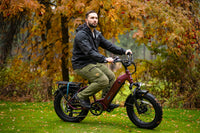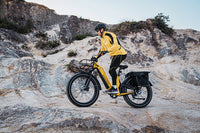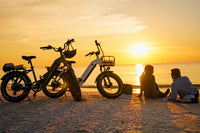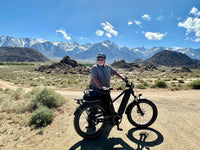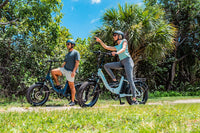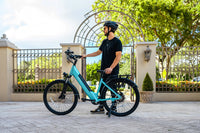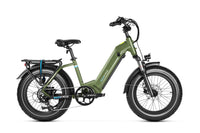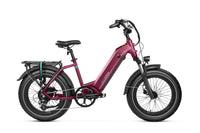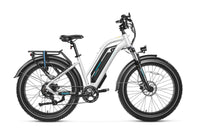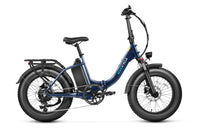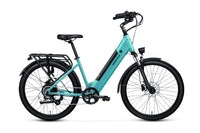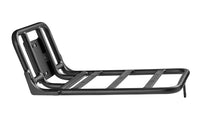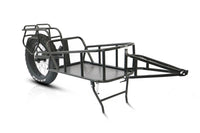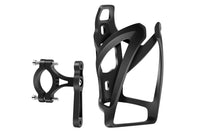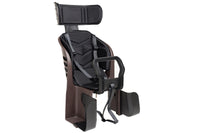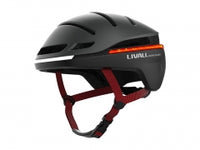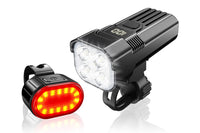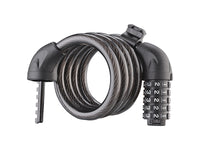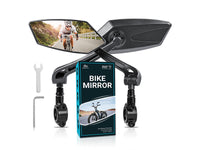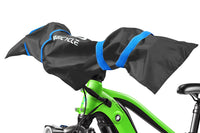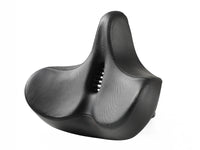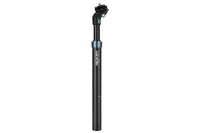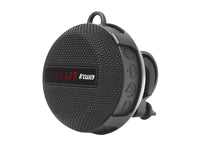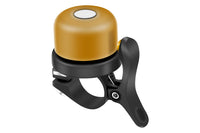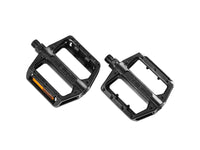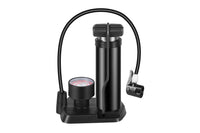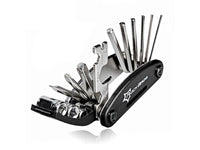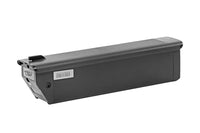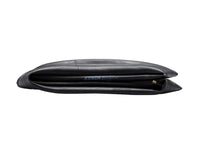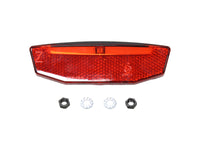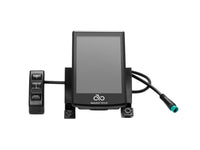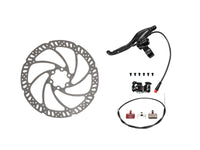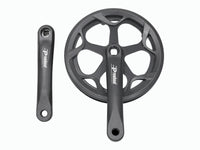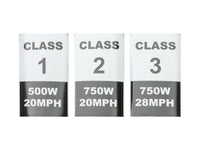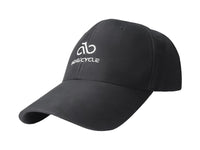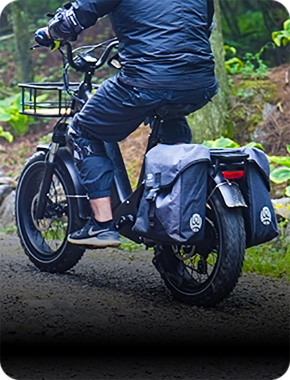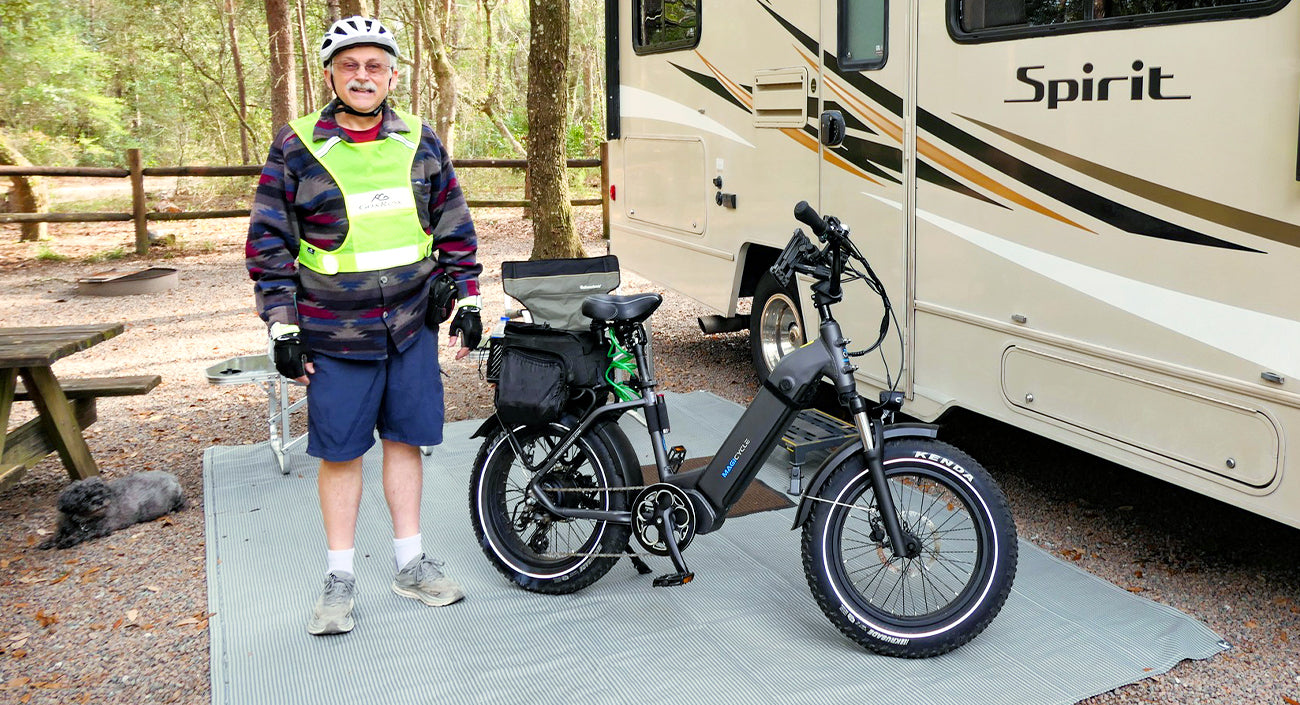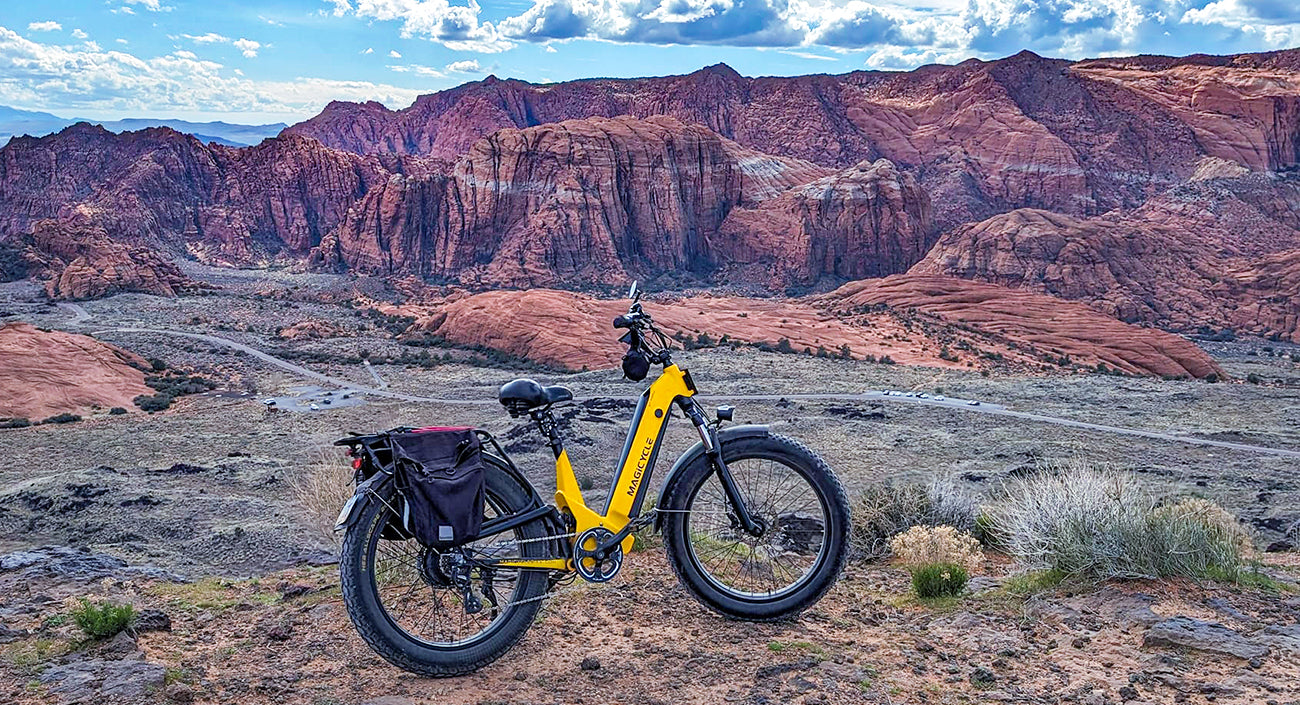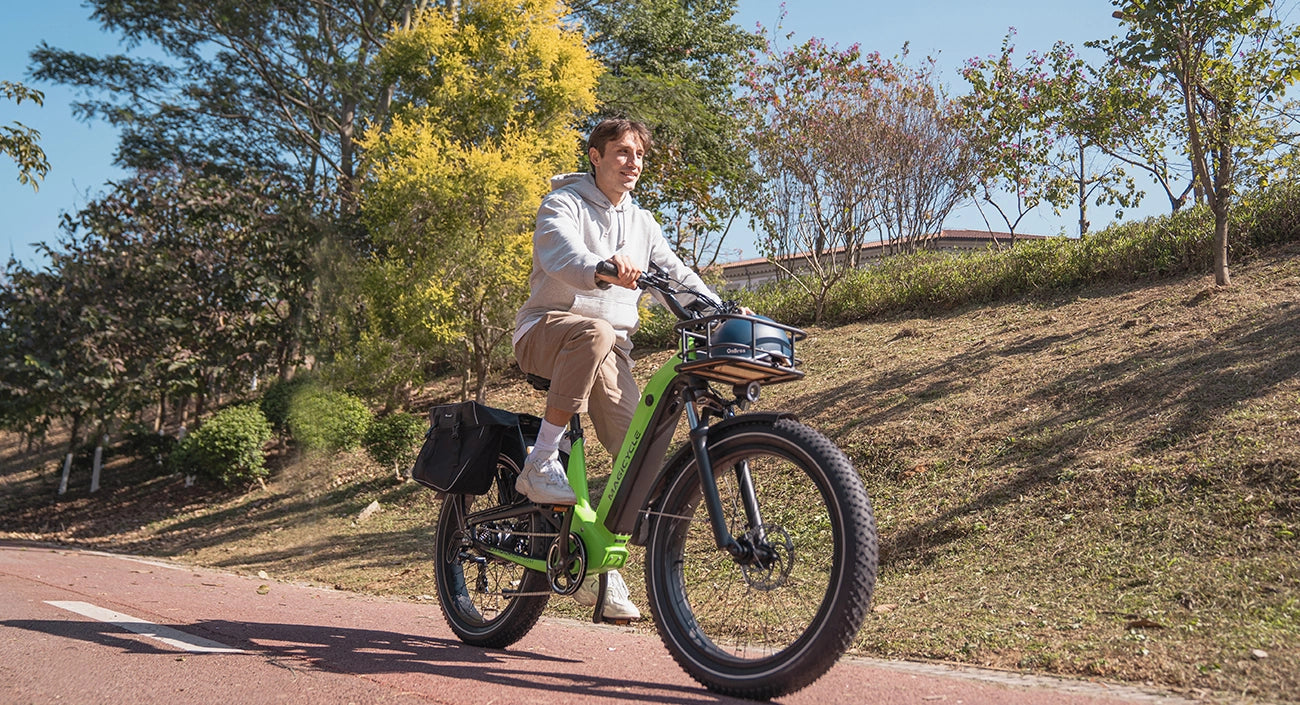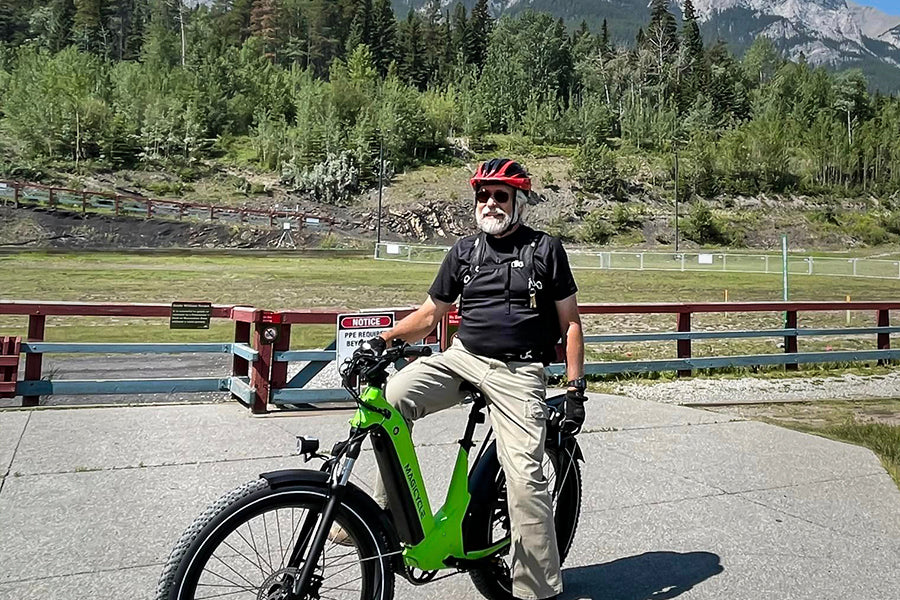 July 21,2023
July 21,2023
 July 21,2023
July 21,2023
E-bike sales are growing rapidly, and riders enjoy the added assistance the motor provides for everything from cycling around town to weekend road trips and trail excursions.
However, electric bicycles are subject to different laws and regulations than non-assisted bicycles. In this article, we are going to analyze what an electric bicycle is and what laws affect them.
What legally constitutes an electric bike, how much assistance can an e-bike provide, and what are the laws governing its riding?
Contents
Are electric bikes legal?
The answer is ‘Yes’, and its use is actively encouraged to increase the number of cyclists, help them get fitter and reduce the number of short car journeys.
A bicycle equipped with an electric motor can be purchased in all possible types: electric city bikes: electric road bikes, hybrid electric bikes with flat handlebars, and electric mountain bikes. You can even buy electric folding bikes, electric gravel bikes, and electric cargo bikes. Check this link to learn more e-bike model of Magicycle: https://www.magicyclebike.com/pages/e-bikes
What are electric bikes?
Let’s claim the definition of e-bike first. An electric bicycle, or e-bike, is a technical name for that electrically assisted pedaling cycle (EAPC) given. Not all electric two-wheeler fall into this category.
What is an EAPC?
An EAPC's motor can only provide assistance when the rider is pedaling. It will have sensors built into the system that will recognize when the rider is pedaling and provide motor power in proportion, so the bike doesn't run away with you or propel you off without pedaling.
Electric bicycle legislation states that motor assistance must be interrupted at 25km/h. This rule is the same in the EU, UK and Australia, but this limit is raised to 32 km/h in the U.S.A.
You can drive an e-bike faster, but the engine will die and you will have to ride only on your own. It is perfectly possible to overcome the 25 km/h downhill, whereas a fitter rider will be able to top this speed on the flat, especially on a performance-oriented time trial handlebar electric road bike.
Motor power should also be limited to 250 watts of continuous power, although power peaks can be higher, which is why you see e-bikes, especially MTBs, with considerably higher power outputs.
Watts and torque
Electric motors for off-road bikes typically offer more torque and are better suited to steep, loose climbs.
The power of an electric bike motor is not only measured in watts: its torque and assistance levels are also important factors in its performance.
Torque is the amount of turning power that the motor supplies to the wheels, which determines the acceleration speed of the e-bike and the degree of incline that it can overcome. The motor torque of an e-bike is not regulated by law.
Laws on e-bikes in the US
There was not so much clarity regarding the legislation that applied to bicycles with an electric motor, which also meant a problem when it came to how they should be considered. However, it seems that such confusion has come to an end and that those who write the laws understood that these means of transport should no longer be considered motor vehicles in a definitive way. That is to say, they are no longer put at the same level as others such as cars or motorcycles, which was how it had been understood until this new legislative change.
E-bike regulations differ across states in the US, so it's essential to review your local laws. In the United States, the Consumer Product Safety Act specifically defines a "low-speed electric bicycle" as a vehicle with two or three wheels, featuring a maximum motor power of 750 watts and assistance restricted to speeds up to 20 mph.
An e-bike that meets this standard is treated the same under federal law as a non-electric bicycle.
However, there are significant differences at the state level regarding the classification of electric bicycles and, consequently, their use. This may include regulations on license requirements, helmet use and insurance.
There are also differences at the state level regarding the minimum legal age to ride an e-bike, maximum speed and maximum power.
In summary, check the legislation of the state in which you plan to drive.
Many states also follow a tiered system, whereby electric bikes are defined into three classes. The motor's 750-watt limit and power assist limit 20mphThe ones we've described above generally apply to class 1 e-bikes, but class 2 or 3 e-bikes can provide assist up to higher speeds or use a twist-and-start system.
Again, laws can vary from state to state, so check your local laws.
After all, the changes produced greatly favour cyclists, who will see the rules to follow diminished and the freedom will be much greater than what they had been enjoying up to now. Moreover, E-bikes offer numerous benefits that favour the health of the environment, reduce traffic congestion, and undoubtedly enhance the appearance of cities while promoting comfort in public spaces for pedestrians.


















































